Get ready to hike, cycle or run along countless trails and ancient paved walkaways. You are surrounded by quaint mountain villages, magnificent nature and breathtaking views. Whatever the season, the Home of the Centaurs on the Pelion peninsula is a hiking paradise.
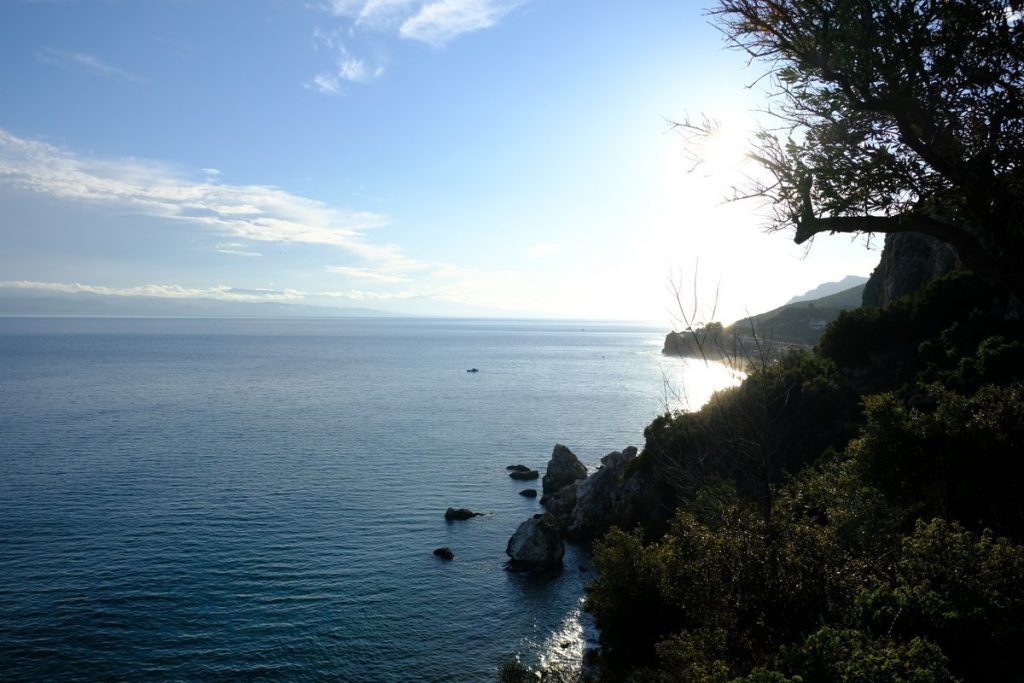
Located in the south of the Thessaly region, the Pelion separates the Pagasitic Gulf from the Aegean side. The peninsula uniquely combines the beauty of the mountains with the grace of the sea.
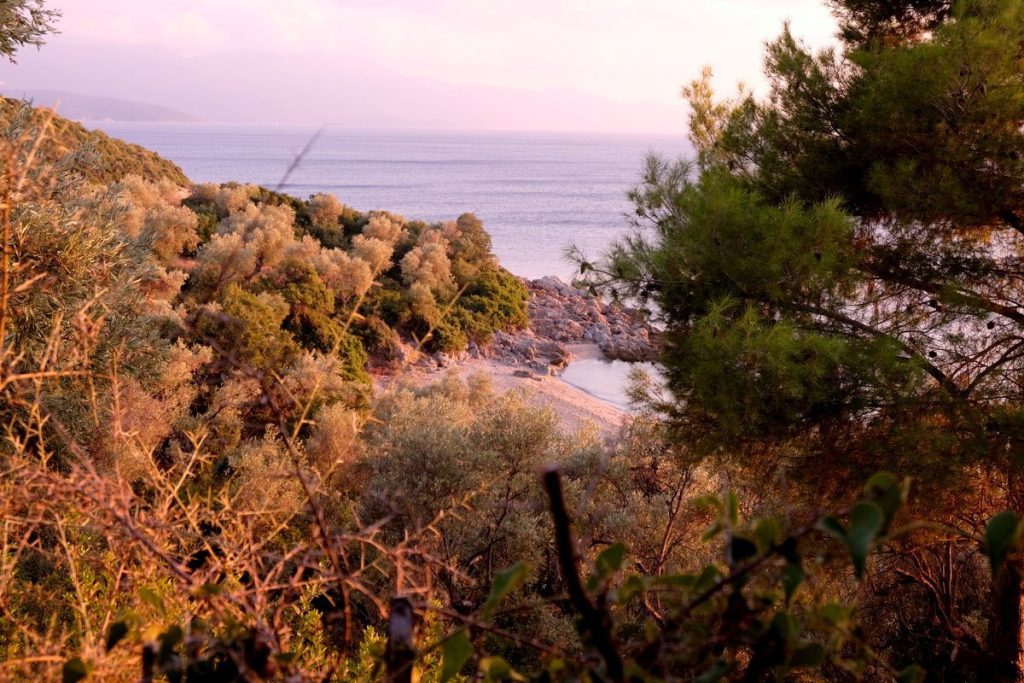
The peninsula is an amazing vacation spot for walking in Greece. It is offering a mild climate, fabulous landscapes, picturesque villages, lovely coastlines and enchanting bays.

Discover unique mountain villages
The Pelion area invites you to explore its rich history with over 40 mountain villages built by skilled stonemasons from the Epirus region. Even under Turkish rule, the self-governing mountain communities flourished, trading in olive oil, olives, fruit, chestnuts, silk and wood and transporting their goods to the sea on mules. Each village had its own beach, which served as a port.
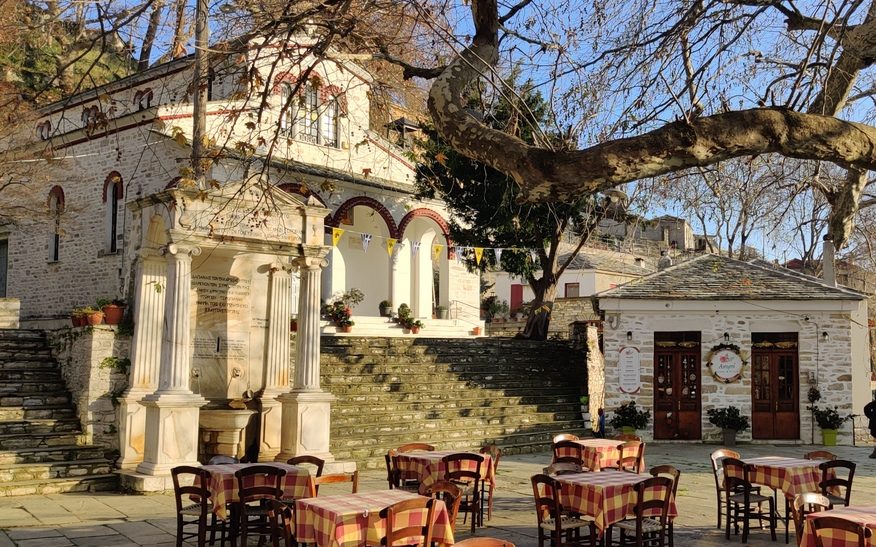
The privilege of autonomy is considered as the basis for the prosperity that reached its peak after the Turkish rule in the 18th and 19th centuries.
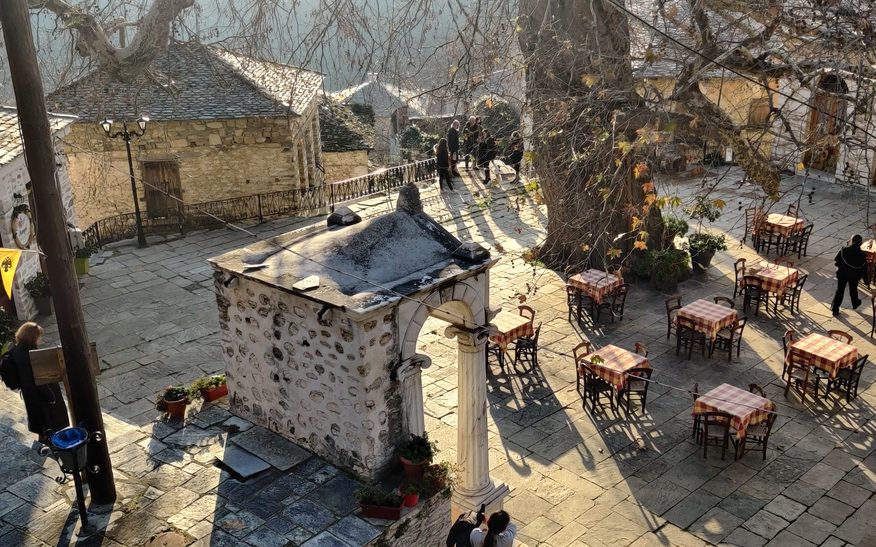
Most of the villas, monasteries, bridges, fountains and paved footpaths, called “Kalderimia” that we admire today, were built at that time.
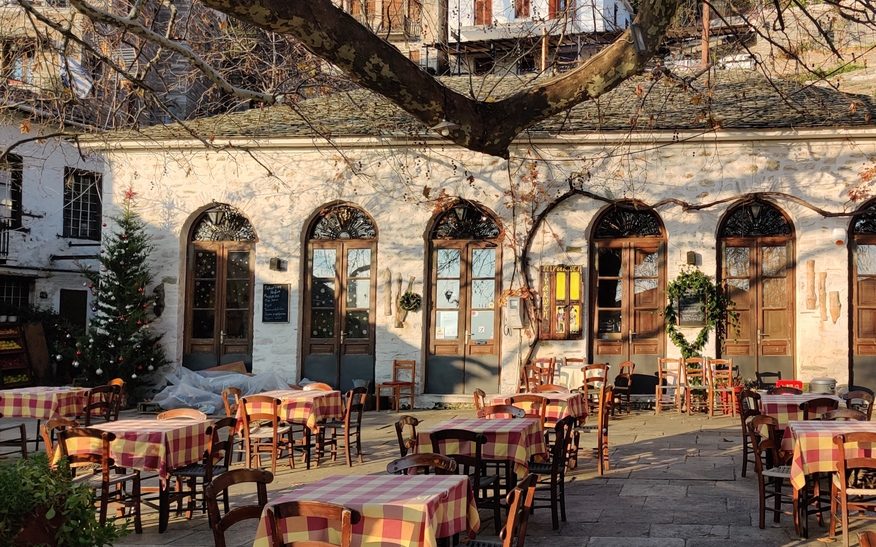
At the end of the 19th century installed Evaristo Di Chirico, the father of the painter Giorgio de Chirico, an artistic railroad between the villages. Till this day, commutes the train in the summer months between Ano Lechonia and Milies.
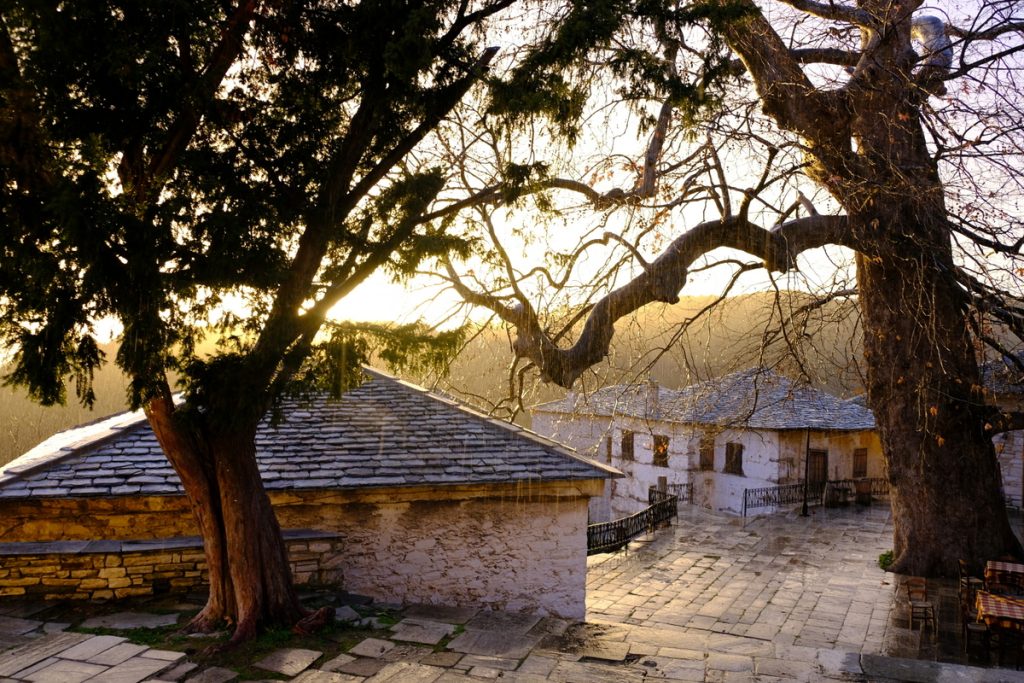
Today, many old Kalderimia and paths have been converted into asphalt roads, but this unfortunately was not enough to prevent the creeping economic downturn of the Pelion mountain villages.
More about the villages and their history.
Enjoy lush nature
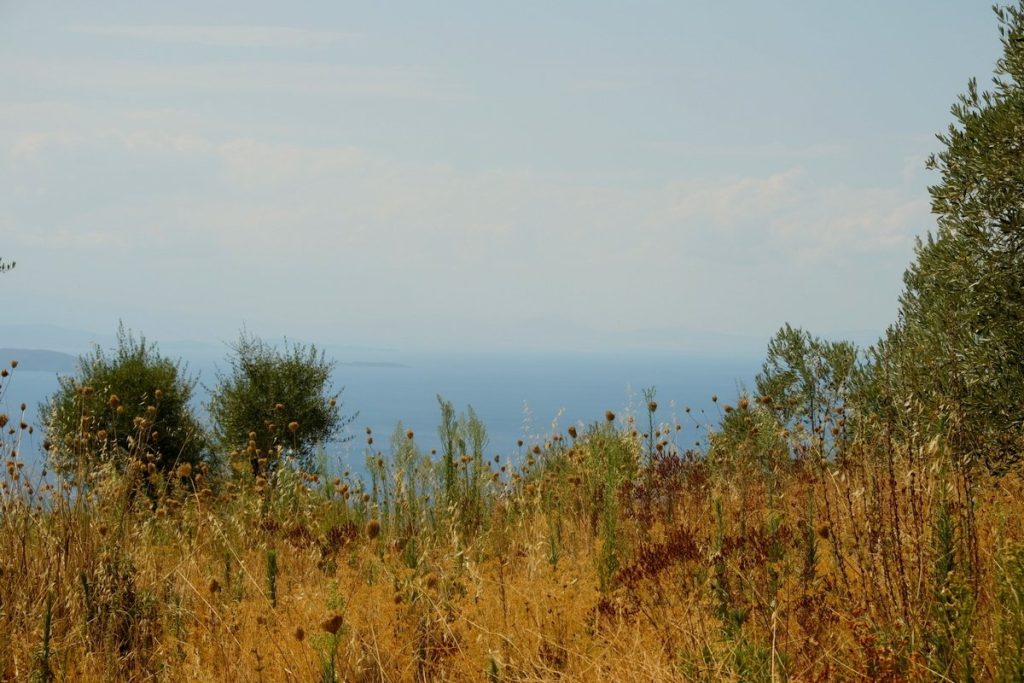
The Pilion peninsula is part of a mountain range that crosses Greece from the mountains of central Macedonia to Mount Olympus. It ends at Mount Ossa and Mavrovounio in Pilion.
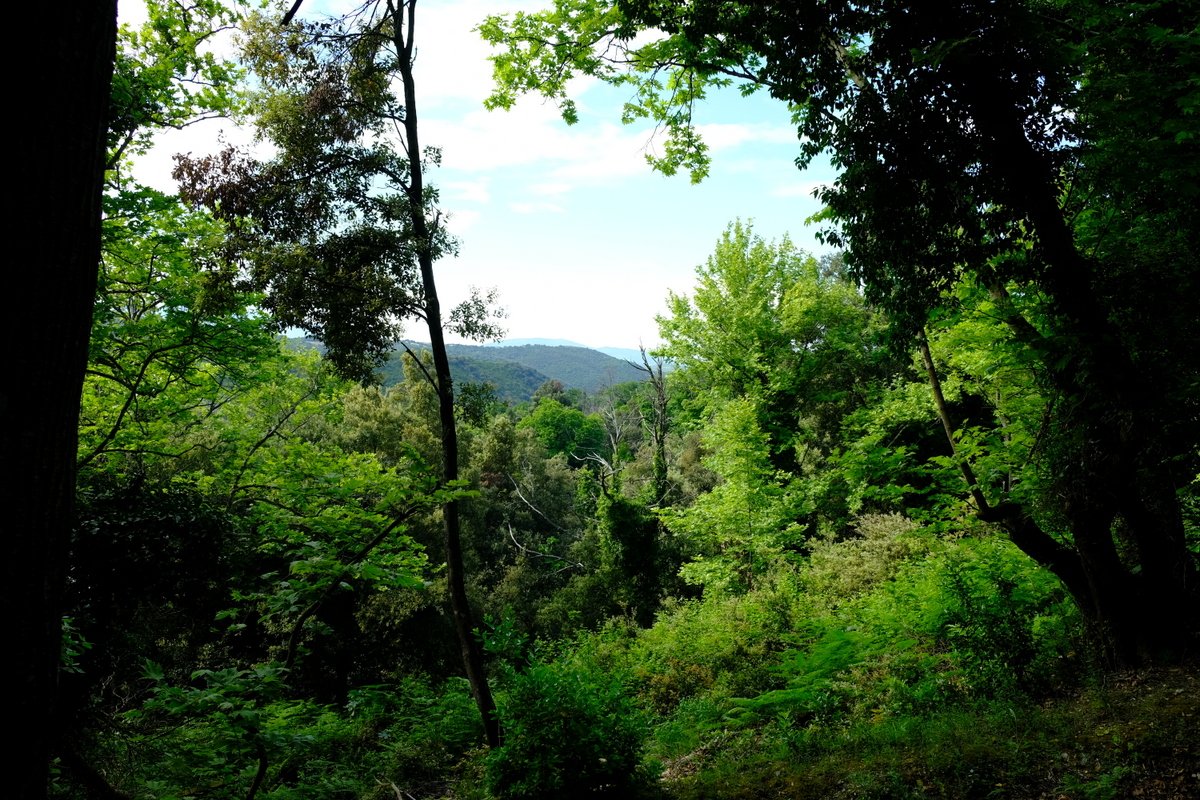
The nature combines the inviting and mild atmosphere of the sea with the rugged and unspoiled profile of the mountain slopes. The result is a rich visual experience with a variety of vegetation, colors and scents. A visit at any time of the year is an unforgettable aesthetic journey.
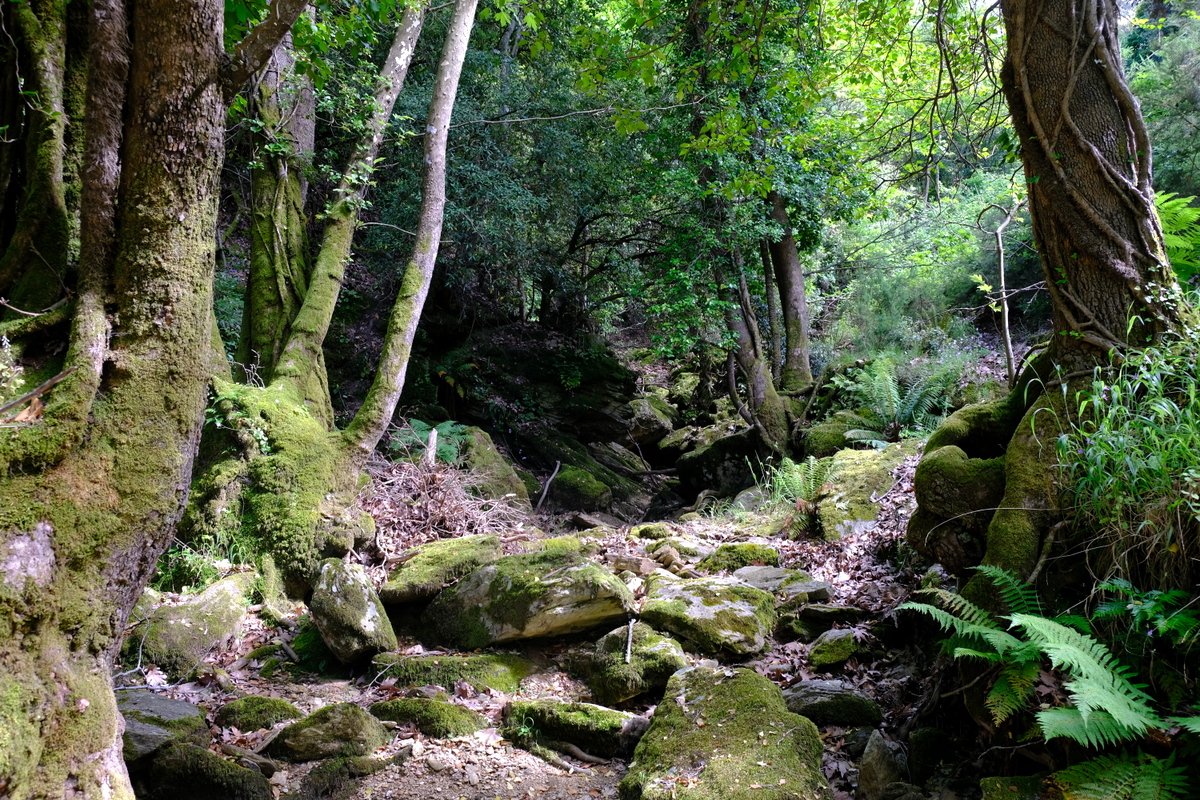
The interior of the peninsula impresses with dense deciduous forests of beech, chestnut, oak and plane trees.
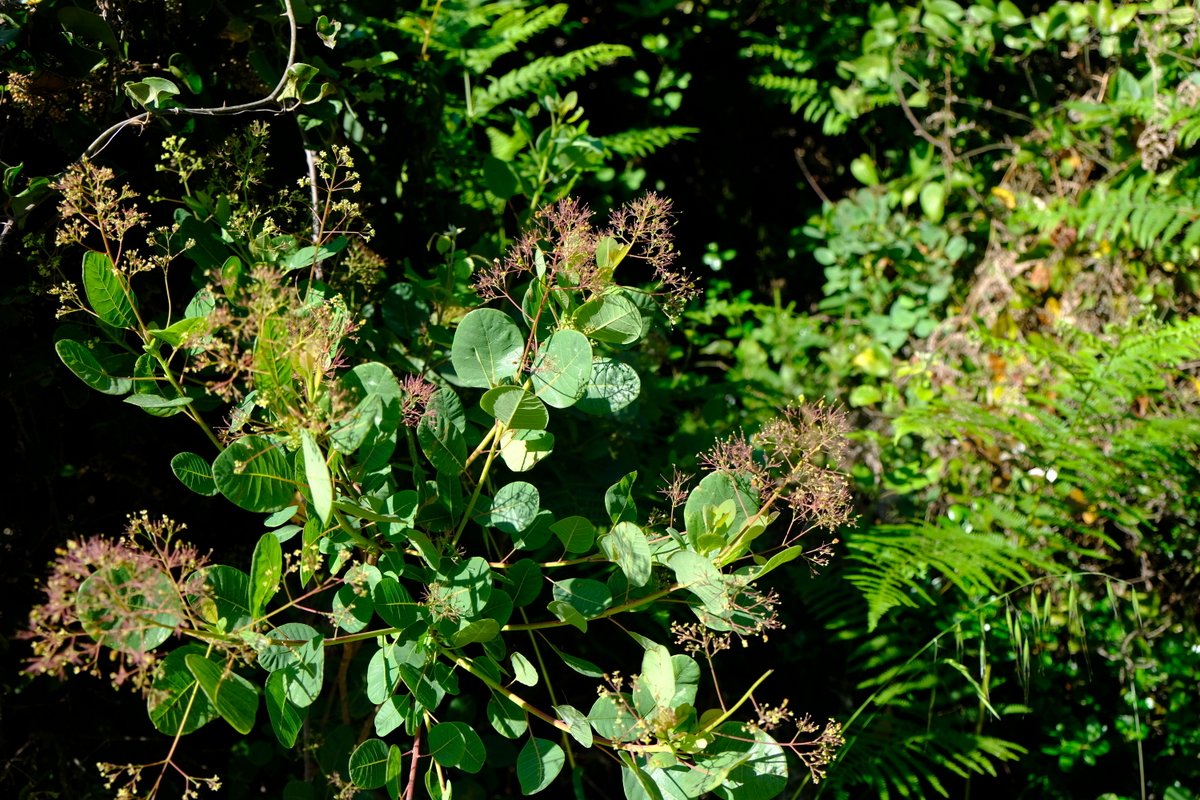
Along the coasts, olive groves and pine forests grow together.
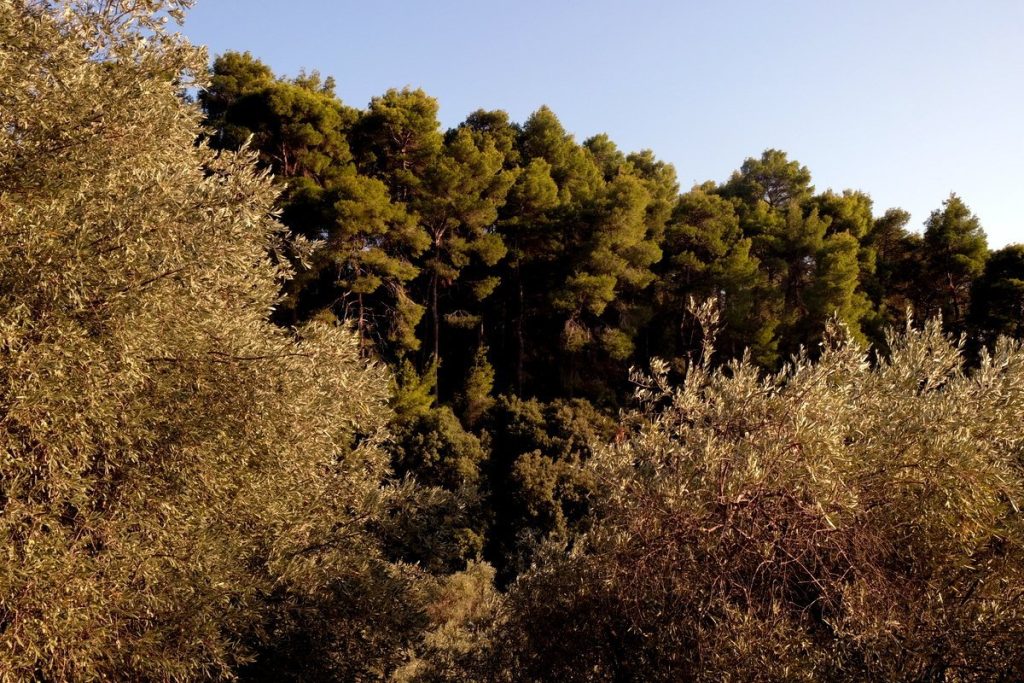
Here thrive some species of animals, mushrooms and especially herbs in great diversity, which are otherwise hardly found.

The rich flora led the ancient Greeks to settle the wise healer Centaur Chiron on Pelion, whose healing art was based on local herbs.

Autumn is mild and the thousands of sprouting flowers are reminiscent of spring.
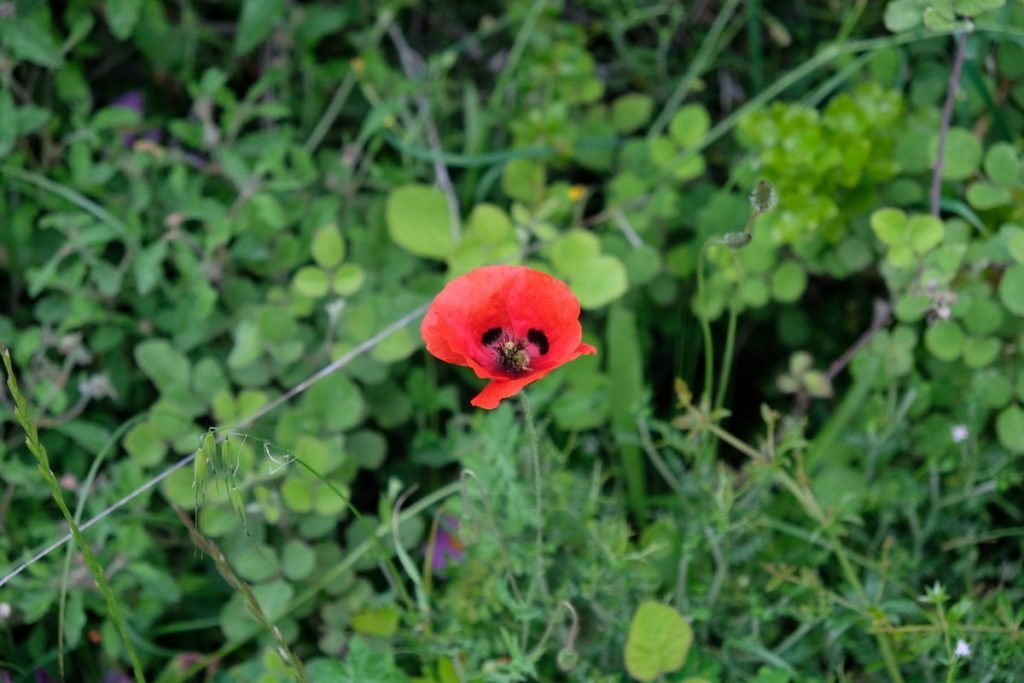
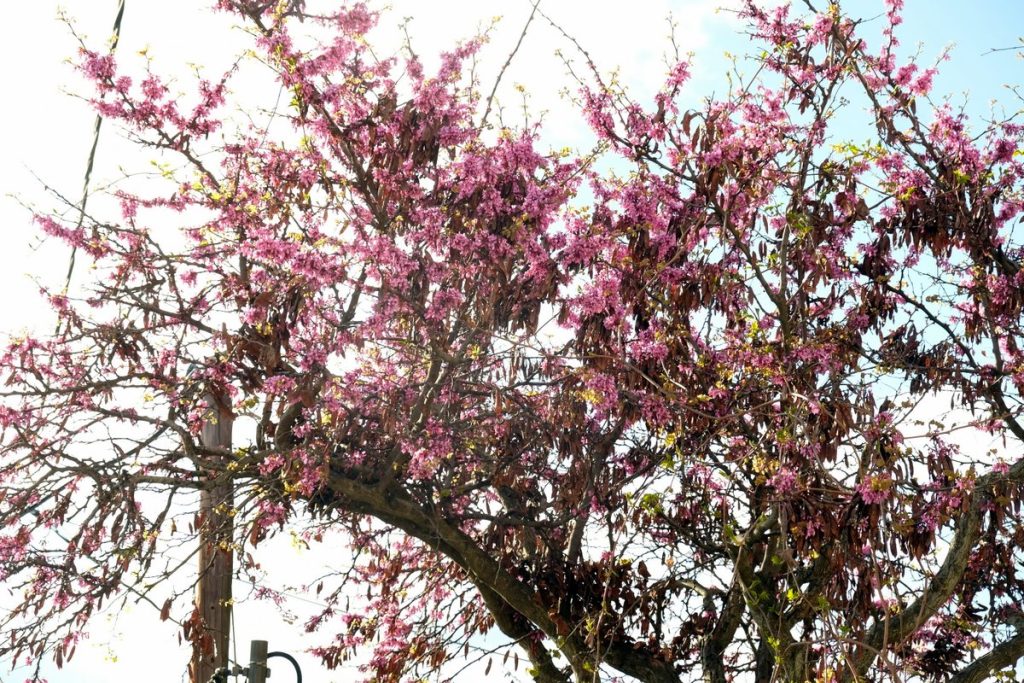

The Greek cyclamen, autumn crocuses and autumn timeless are particularly common.
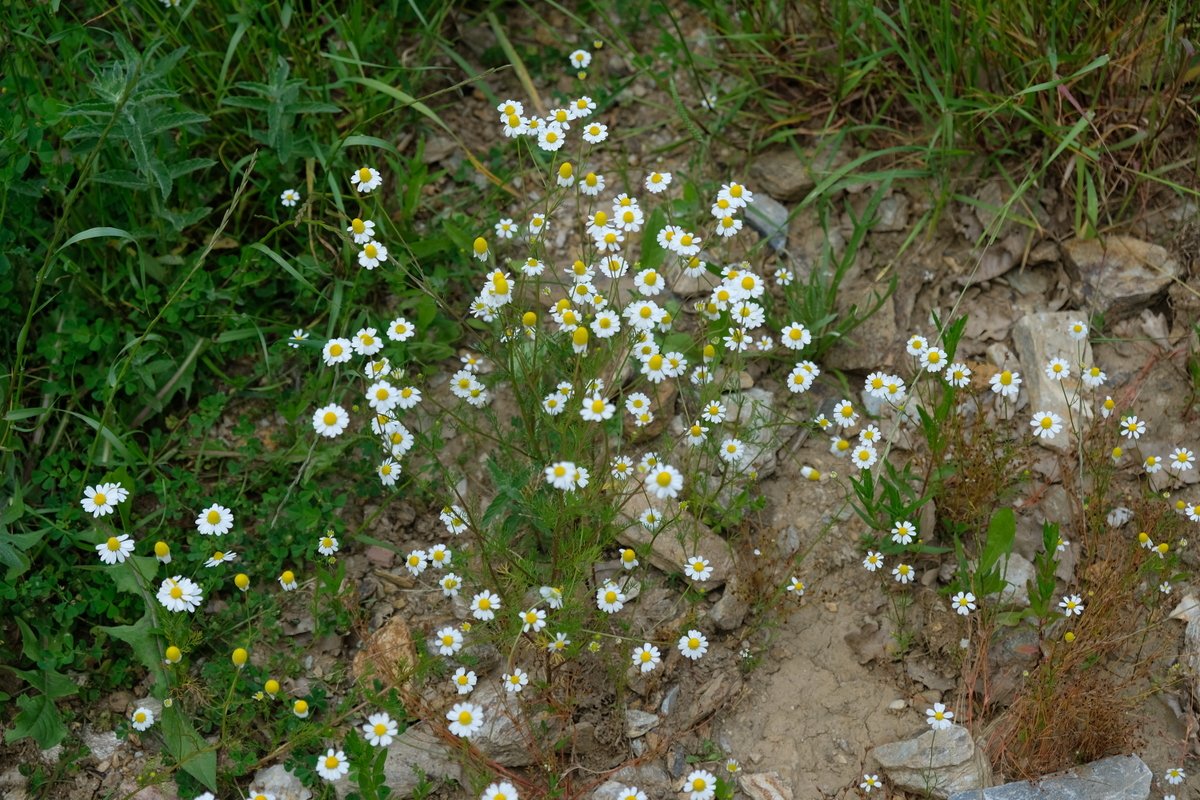
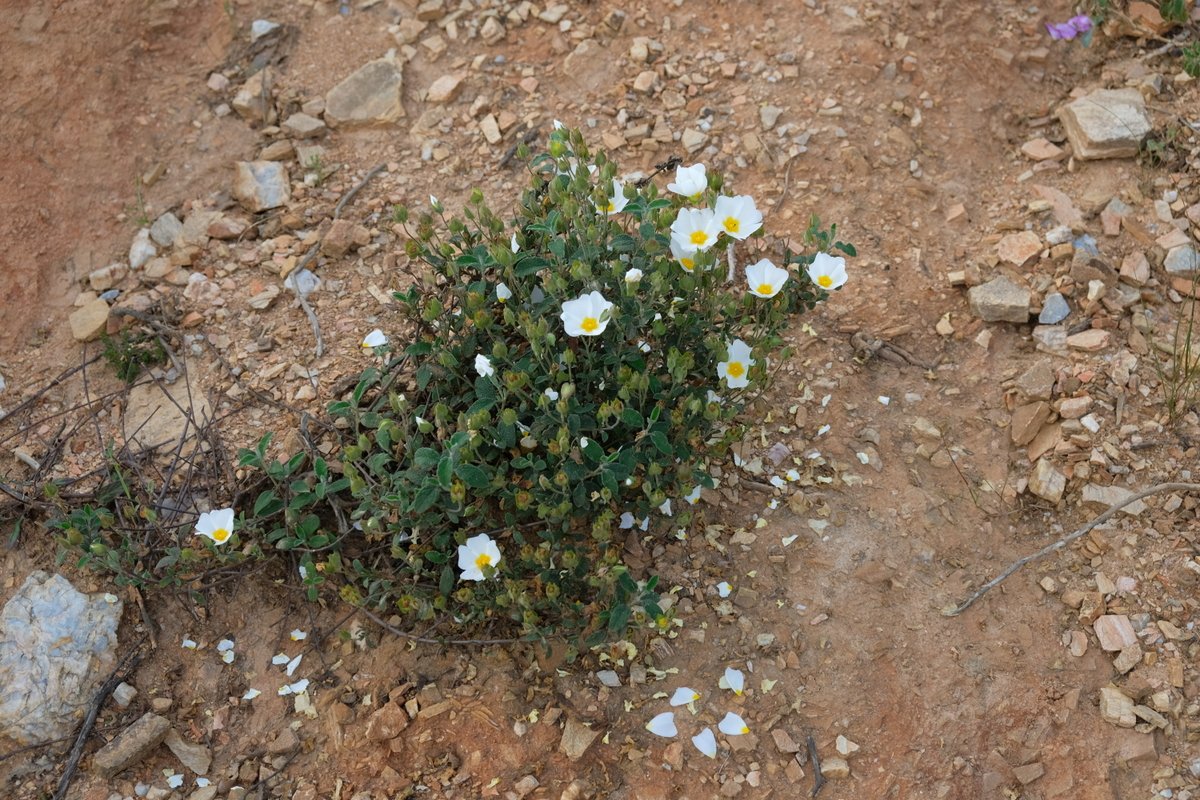
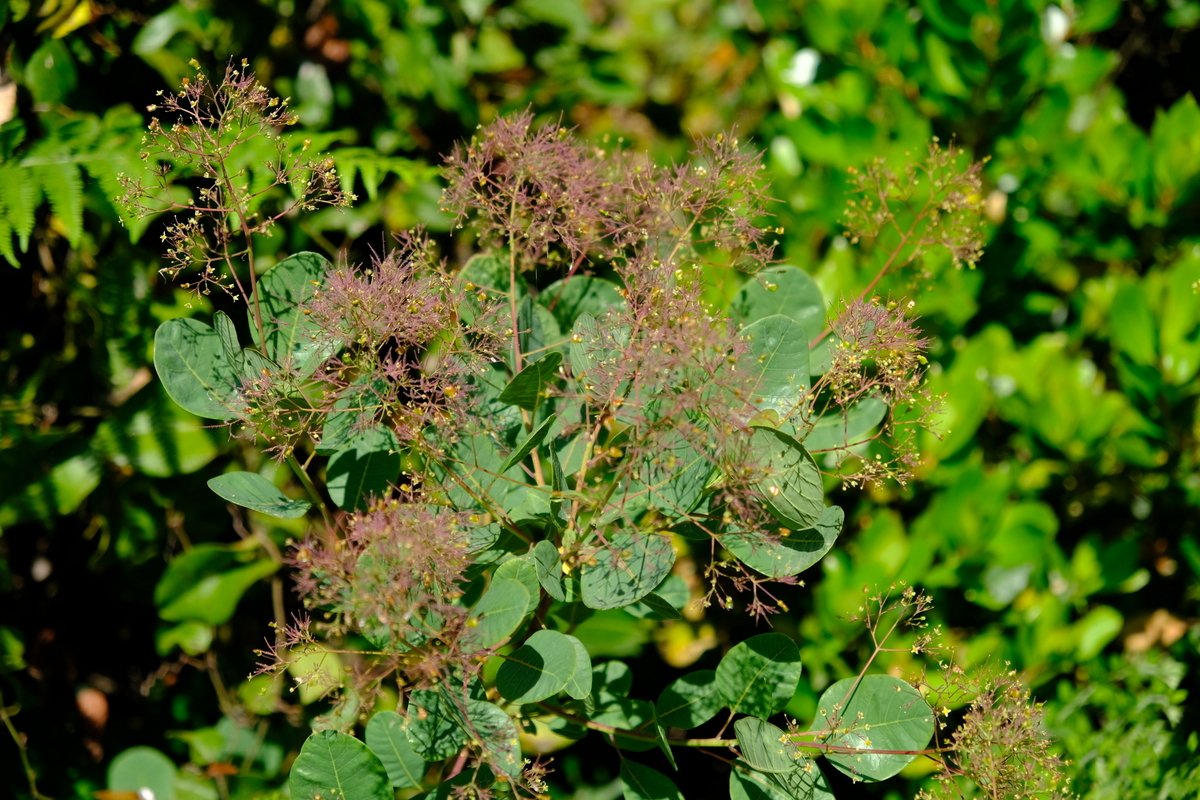
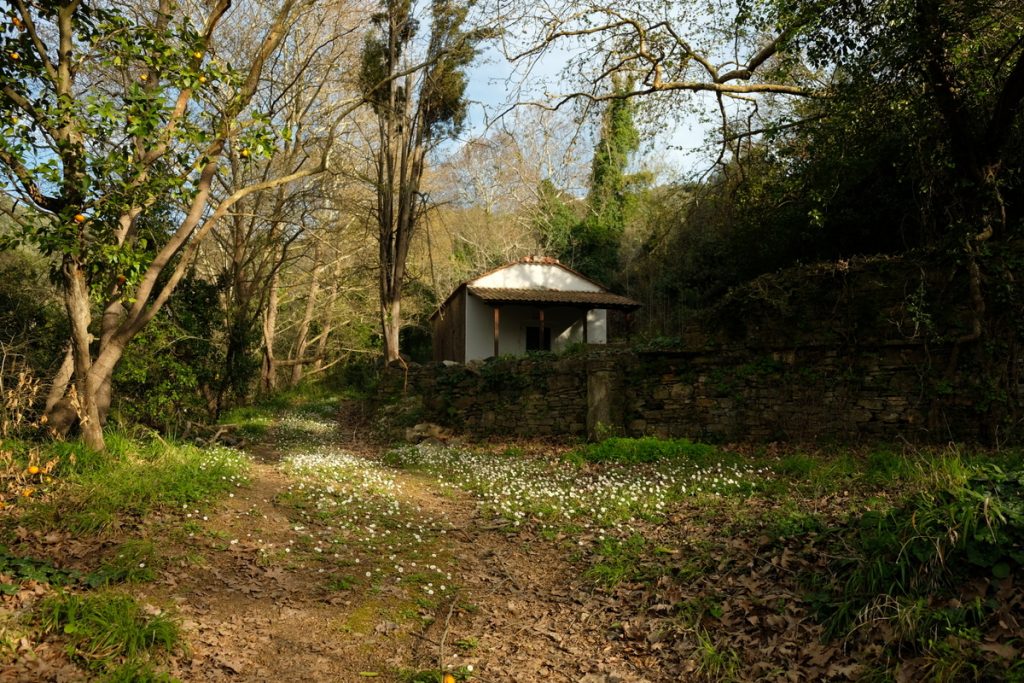
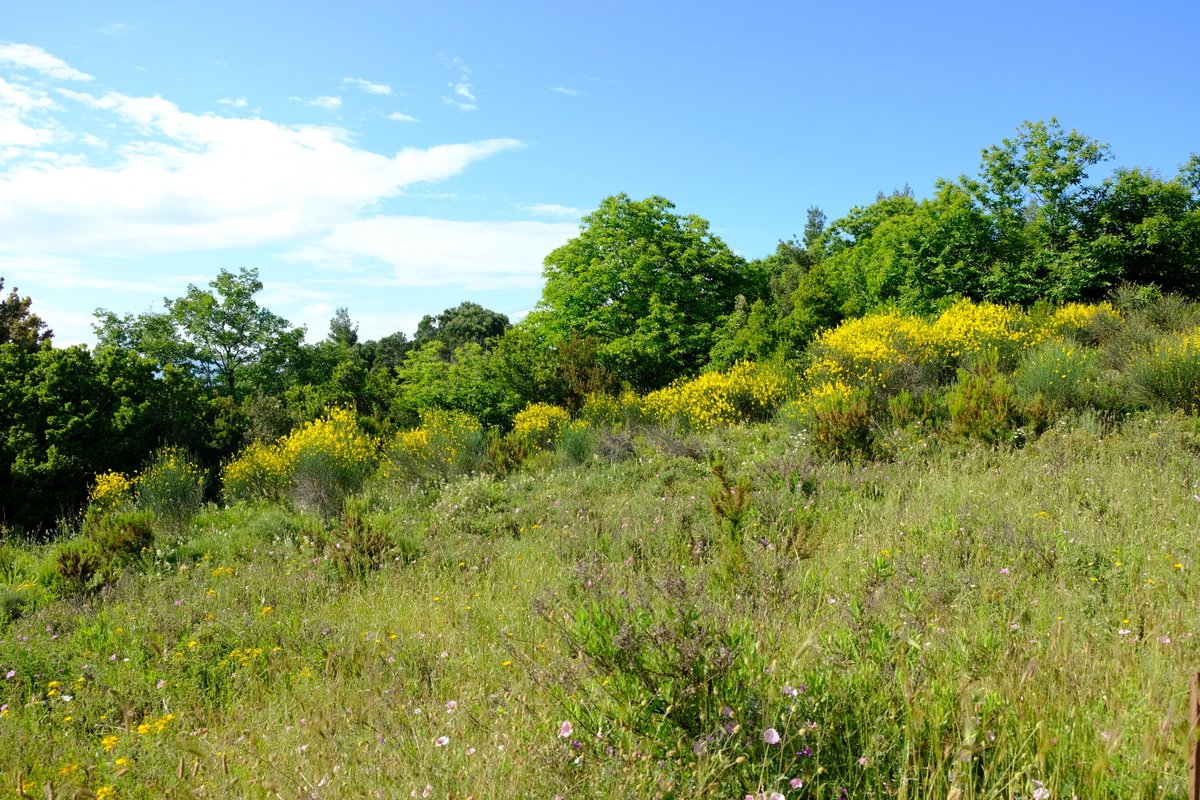
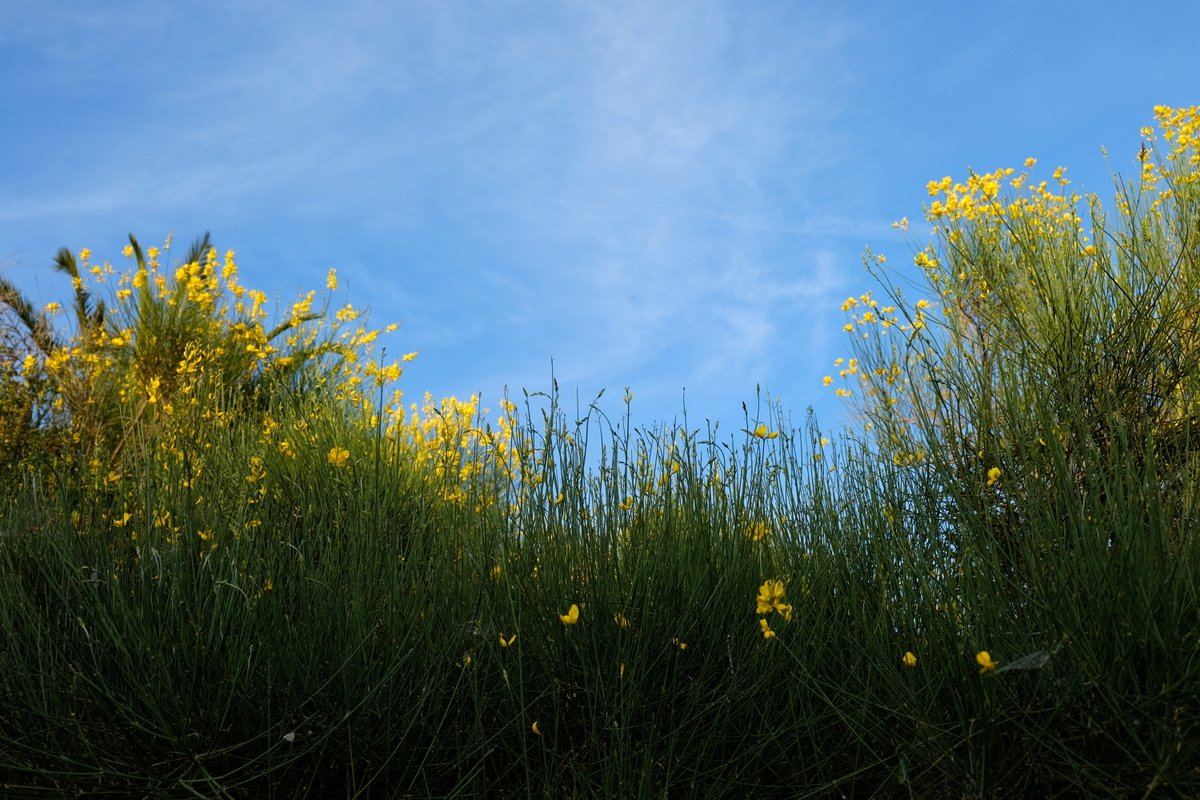
The vast network of roads and footpath’s, the variety of nature, the beautiful and ever-changing panorama, the mysterious atmosphere of the forests and the many small bays and beaches make the Pelion one of the most interesting areas for hiking in Greece and nature lovers.
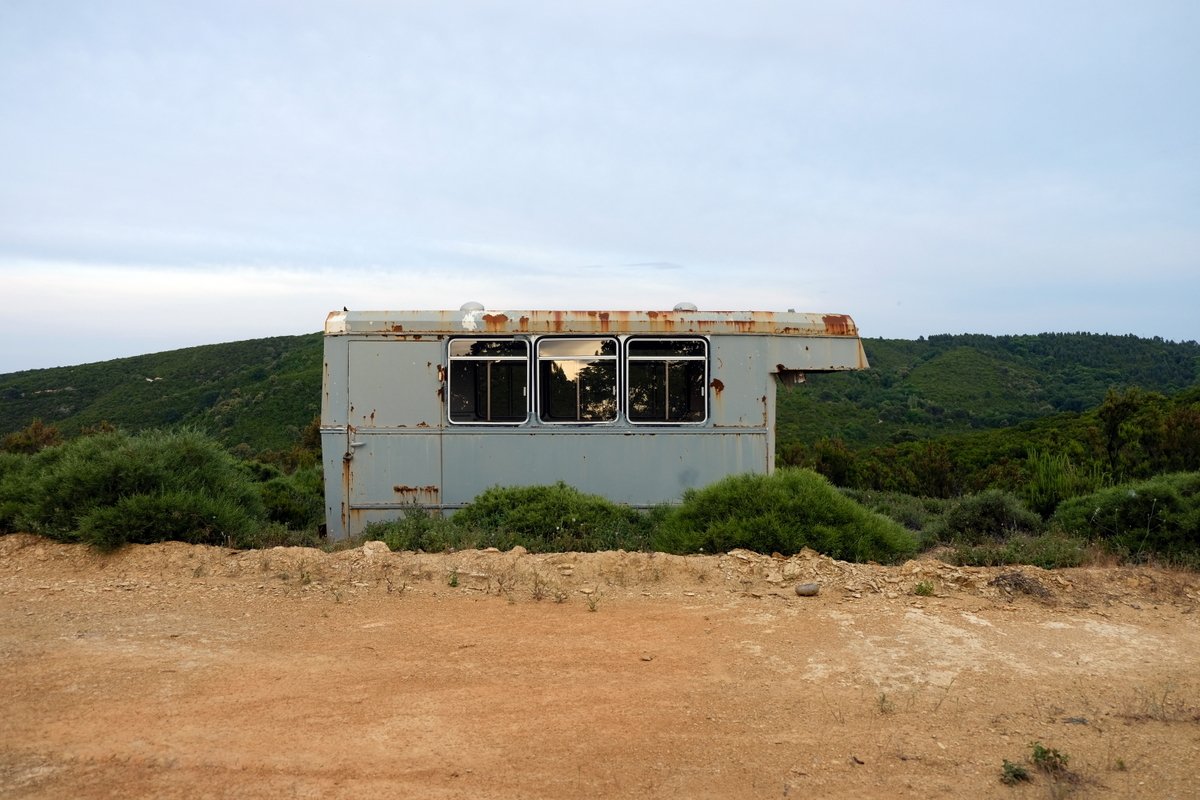
Find out more about the geography and vegetation of the Pelion peninsula.
Explore the hiking Paradise
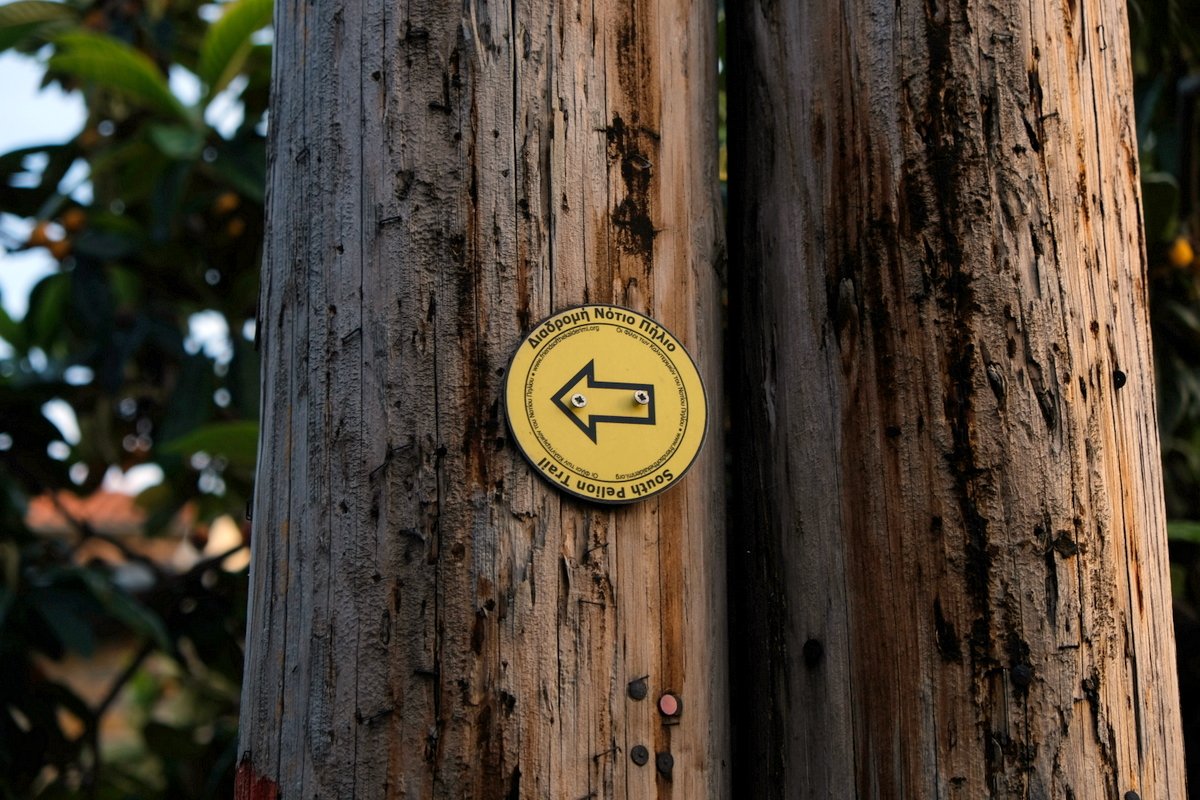
The peninsula is a playground for hikers and nature lovers. The variety of walking routes is so immensely, that you can walk on a different route every day for three months.
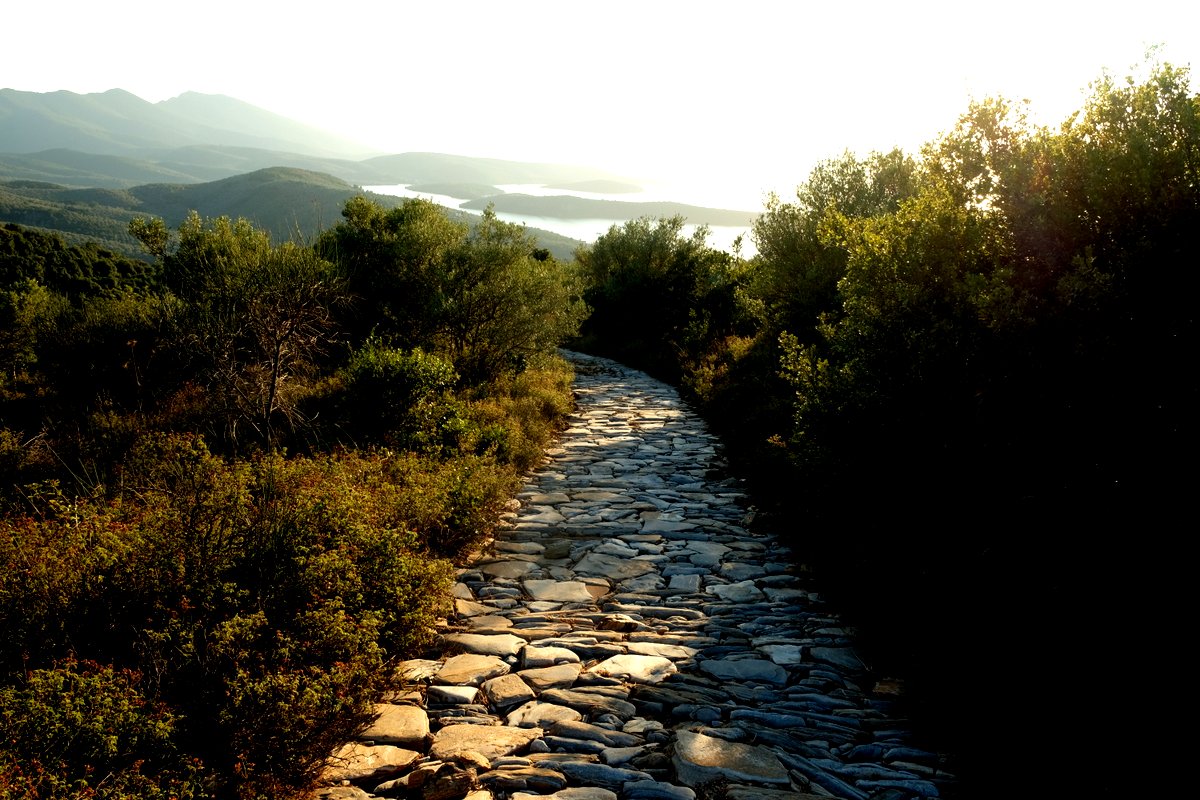
Most Impressive is especially the endless net of old paved roads that connect the villages and can be traced back partly to ancient times.
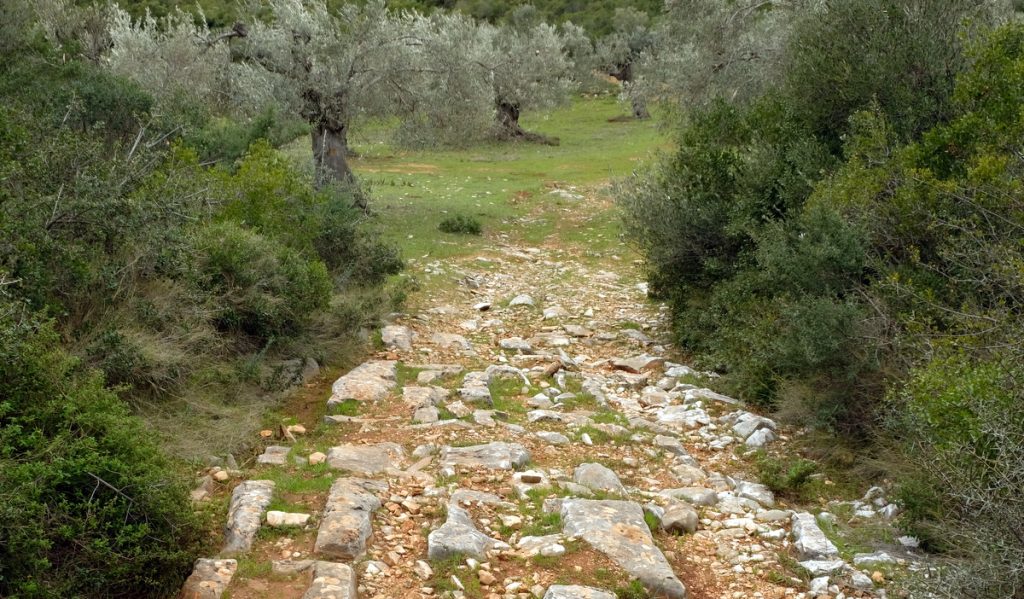
The Kalderimia are ideal for experiencing the magnificent fusion of nature, mythology, history and human labor in Pelion.
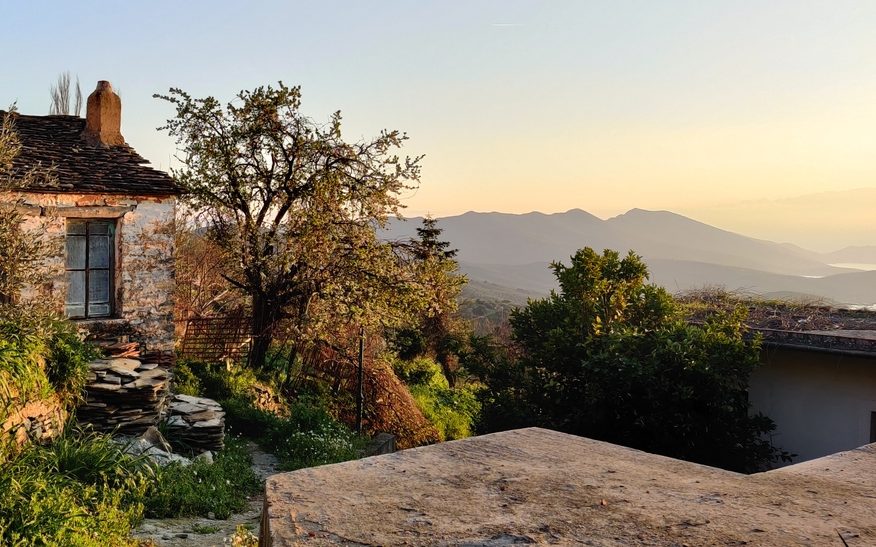
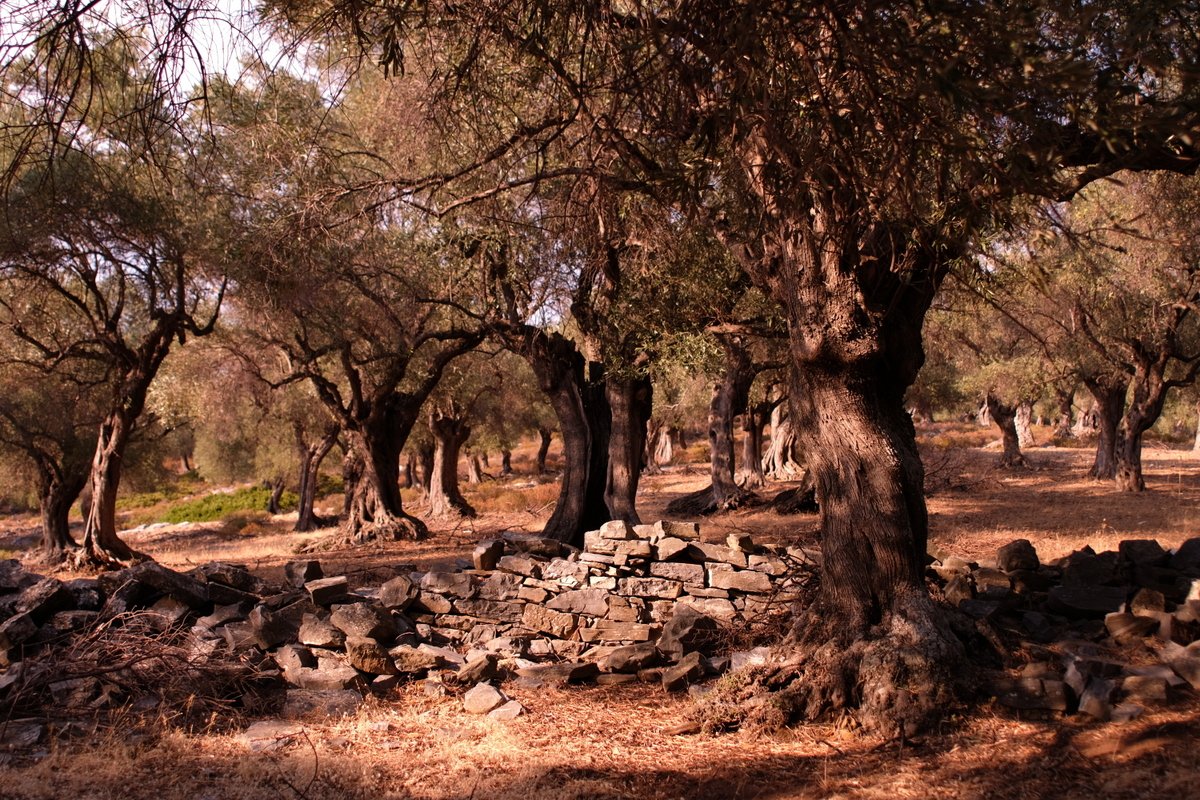
Despite the years that passed by, many of the traditional walkaways are still in very good shape due to efforts done by the old local communities.
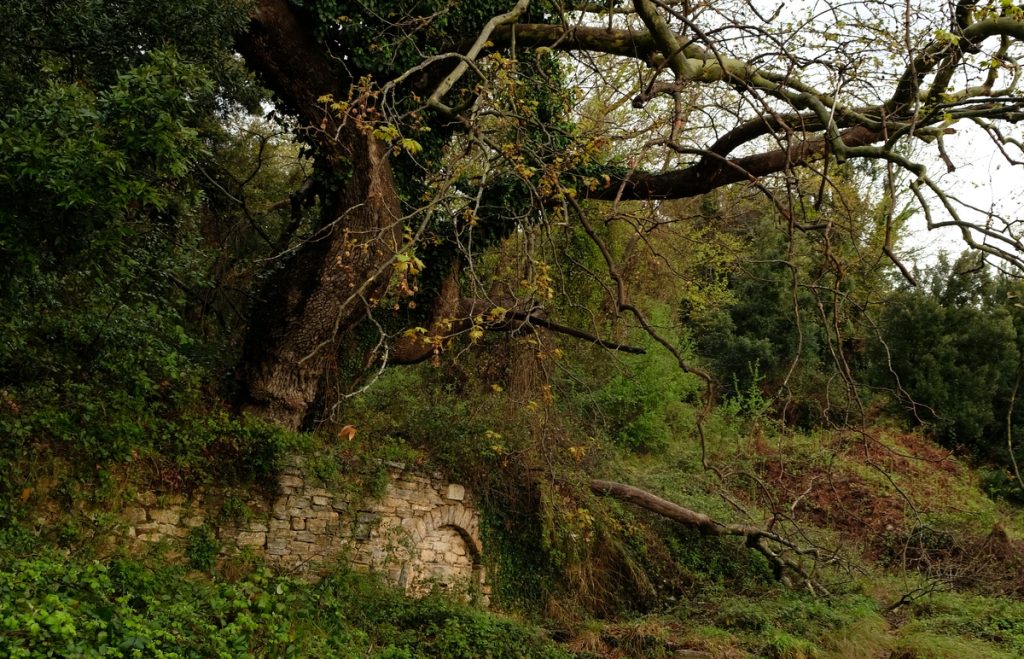
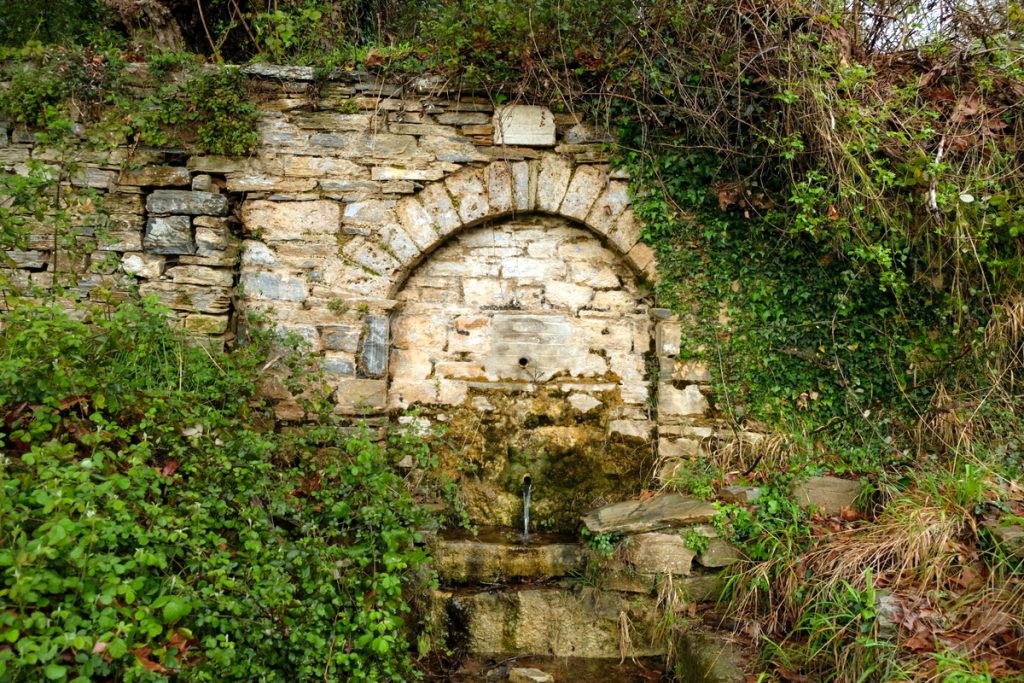
The trails lead past springs or olive groves and show how the locals once cultivated the landscape. But also how they traded and transported goods from the mountains to the coastal towns with donkeys and horses.
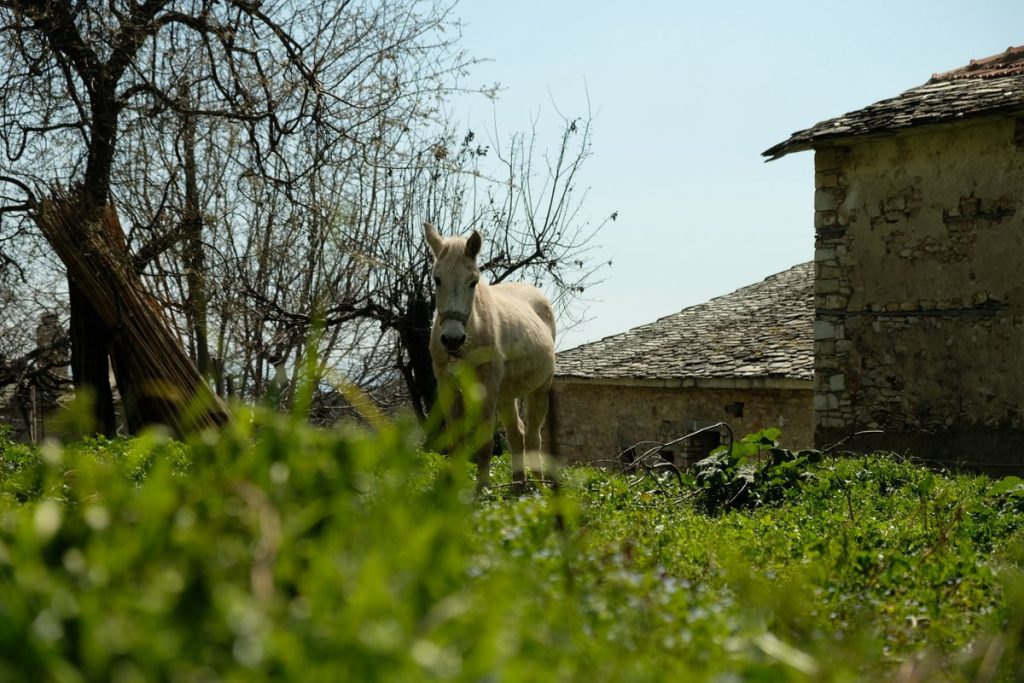
At that old times, each villager was obliged, it is said, to spend a certain amount of time per year in the maintenance and construction of the Kalderimia.
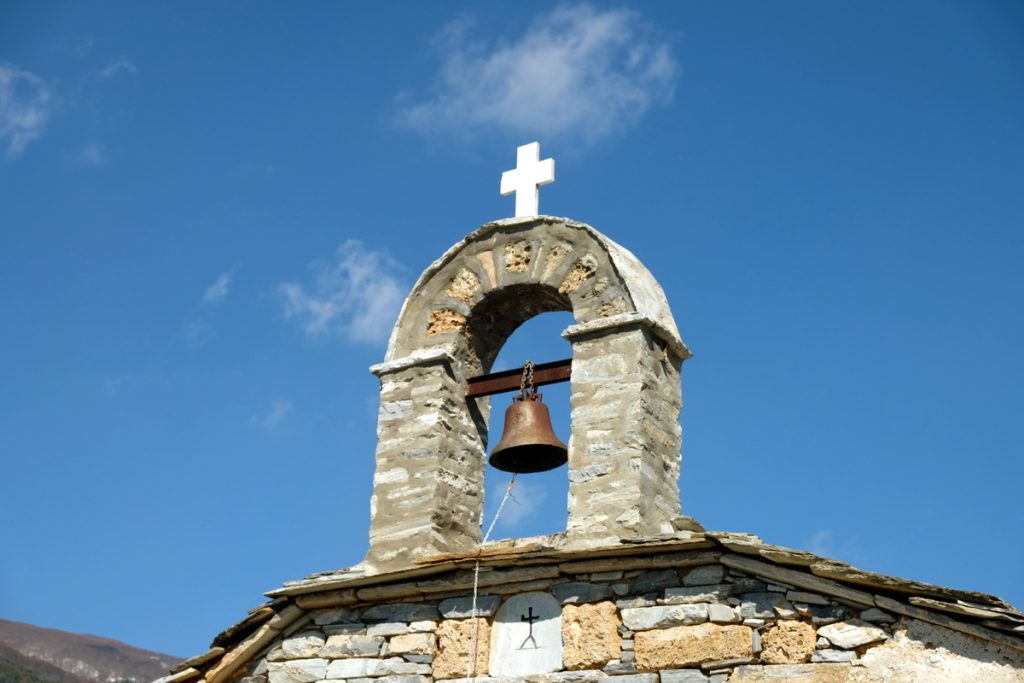
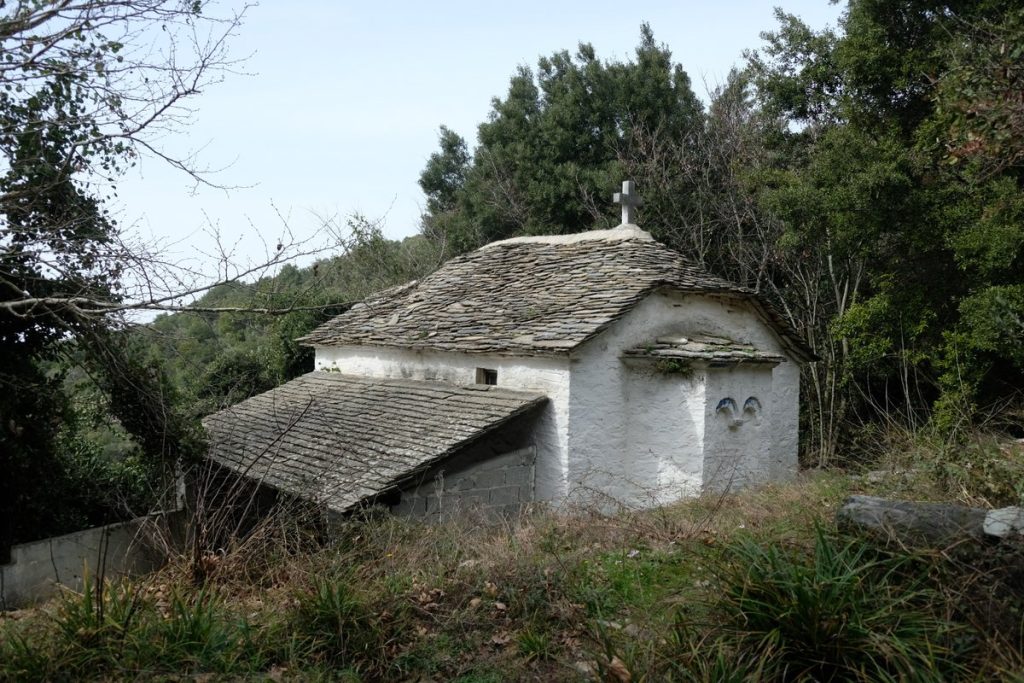
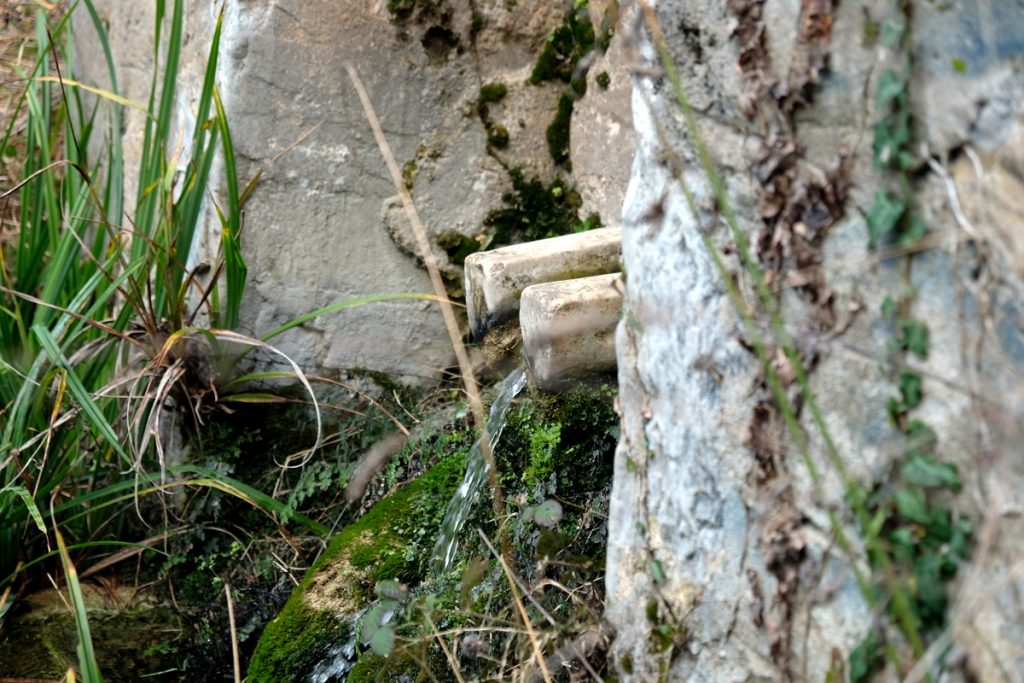

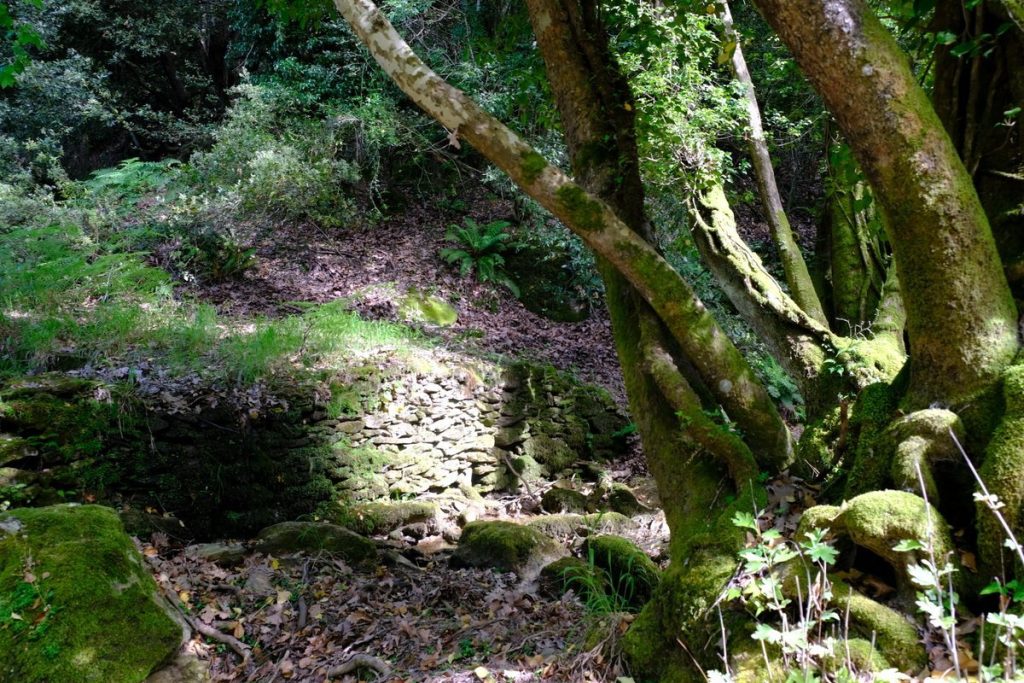
The stone paths were used intensively until the 1970’s. Since then, they have been slowly disappearing under the forces of untouched nature.
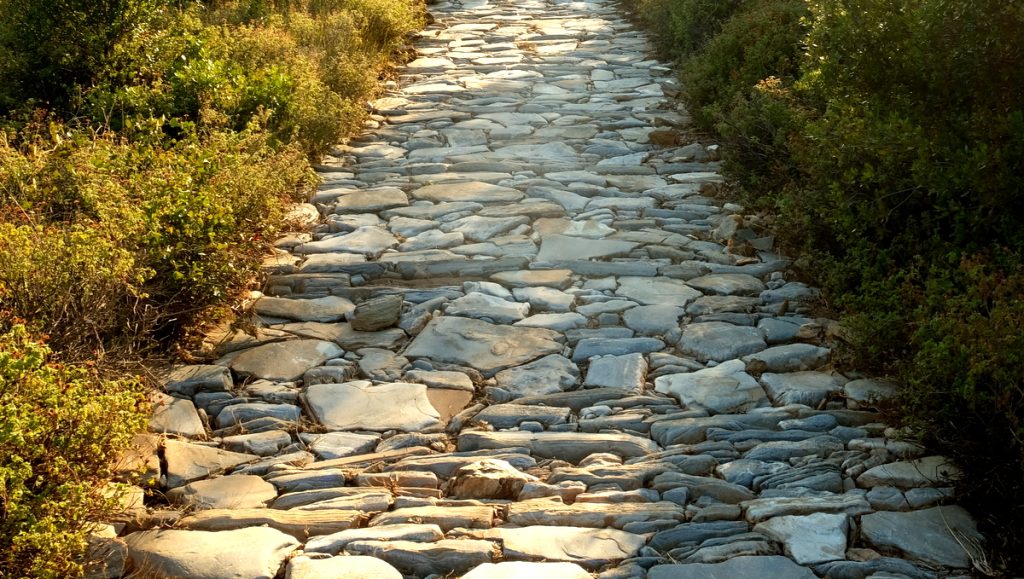
But heavy rains wash the paths and many people are engaged for their protection. They are alway ready for hiking in Greece.
Hiking routes in the Pelion
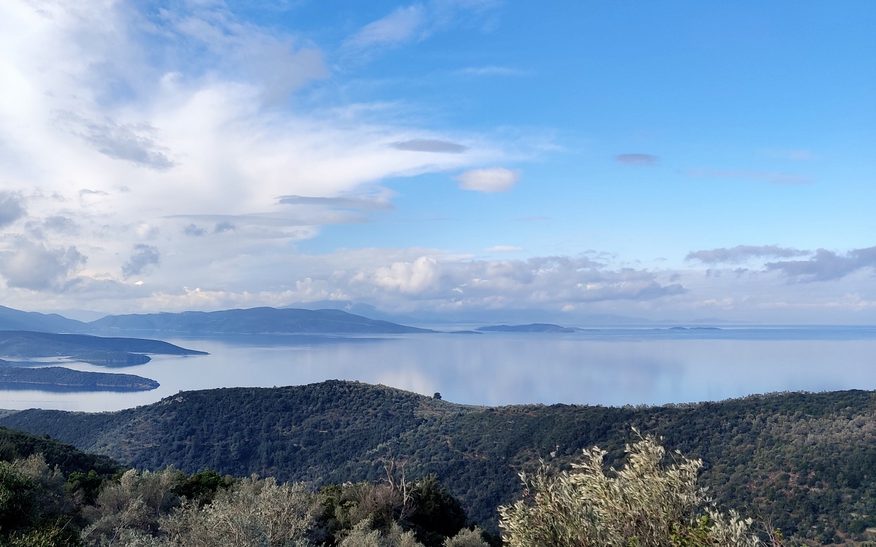
The trails extend across the entire peninsula. They lead through enchanted forests to old monasteries and the coastline in the light of the afternoon sun. Enjoy one of the best places for hiking in Greece and check out the collected routes, sampled by the Pelion Municipalities.

From Lafkos to Melina
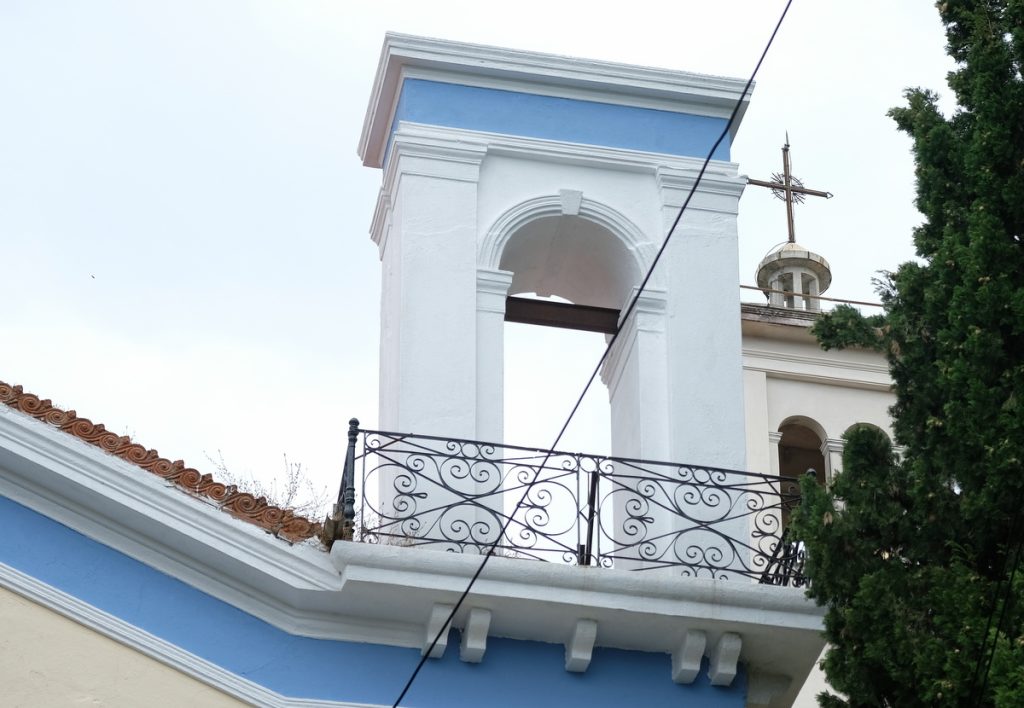
The famous little village is famous because of the outstanding square without any cars, his delicious taverns…
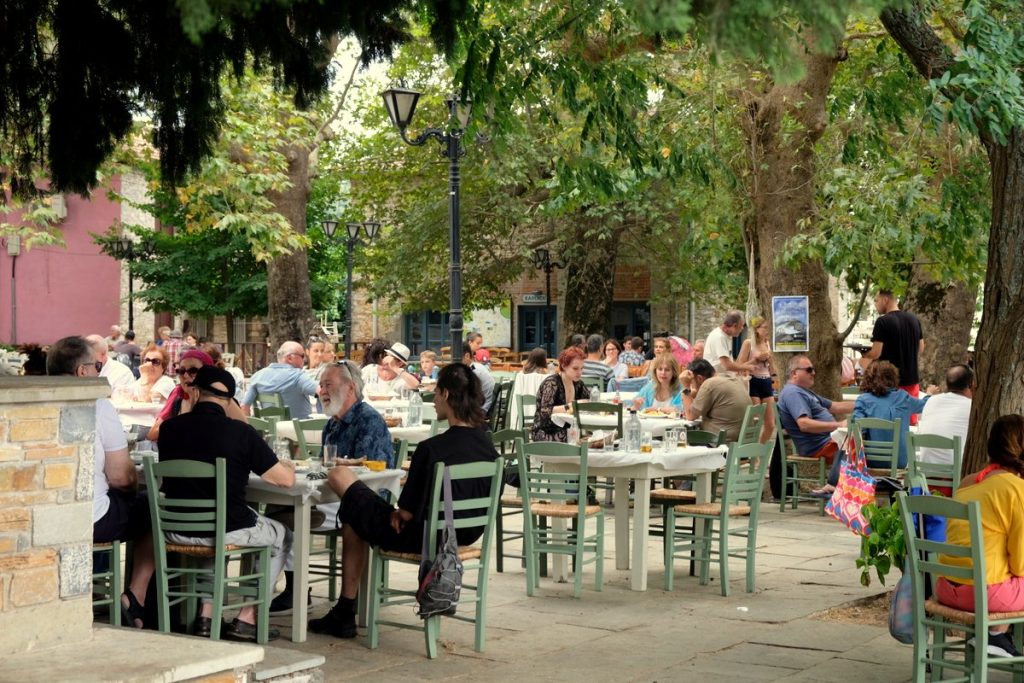
…and one of the oldest coffee shops in Greece, running since 1775 in one Family’s hand.
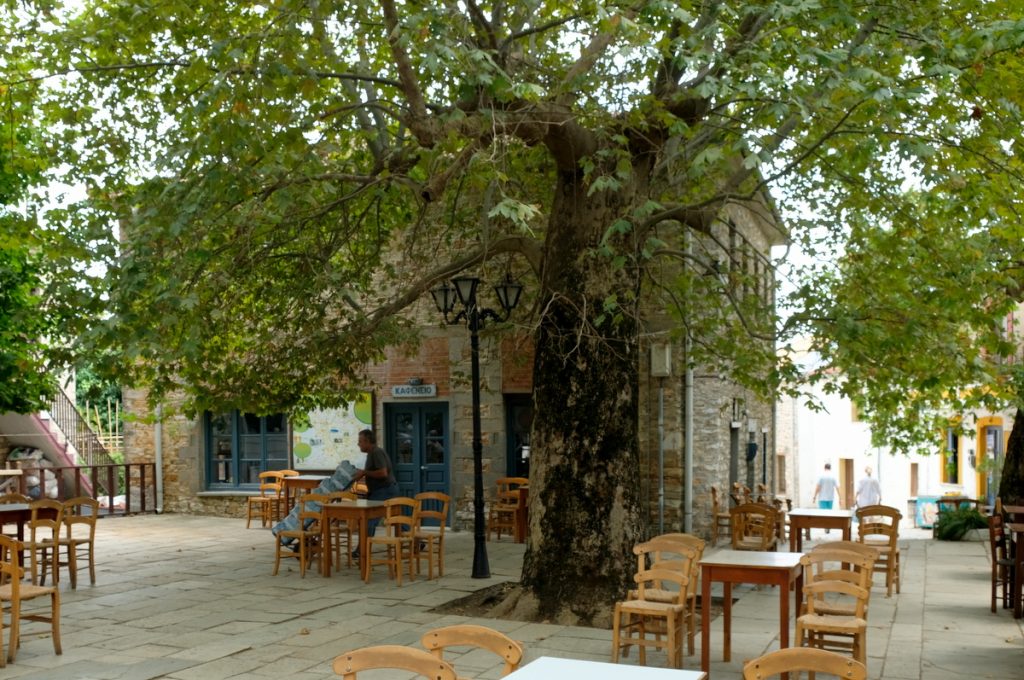
Right at an old spring begins the Kalderimi going across a hill to the small coastal town Milina.
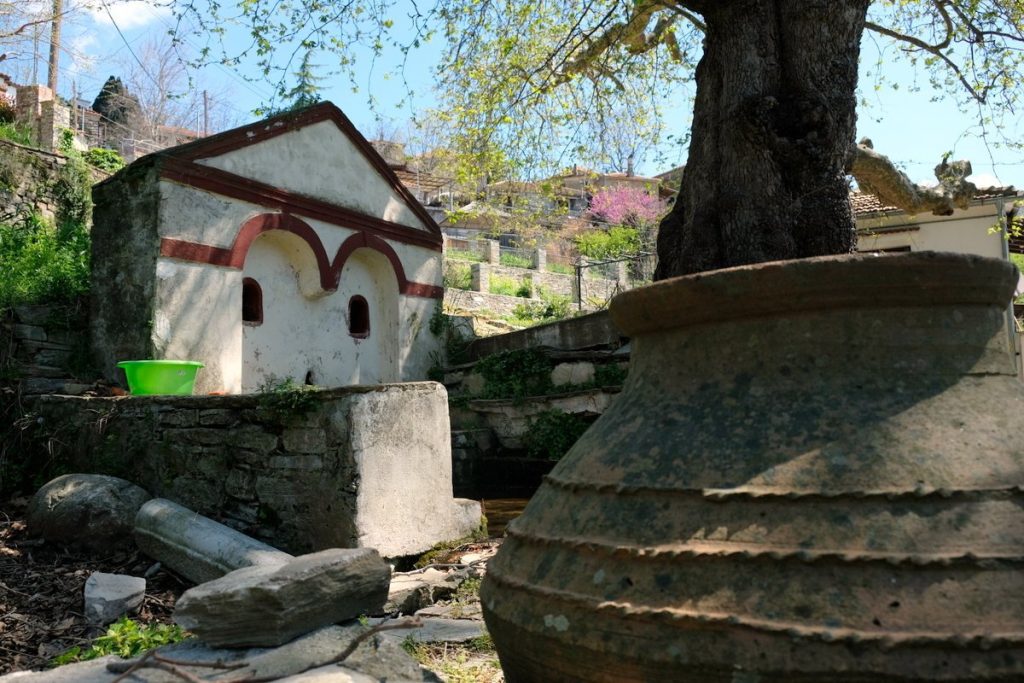
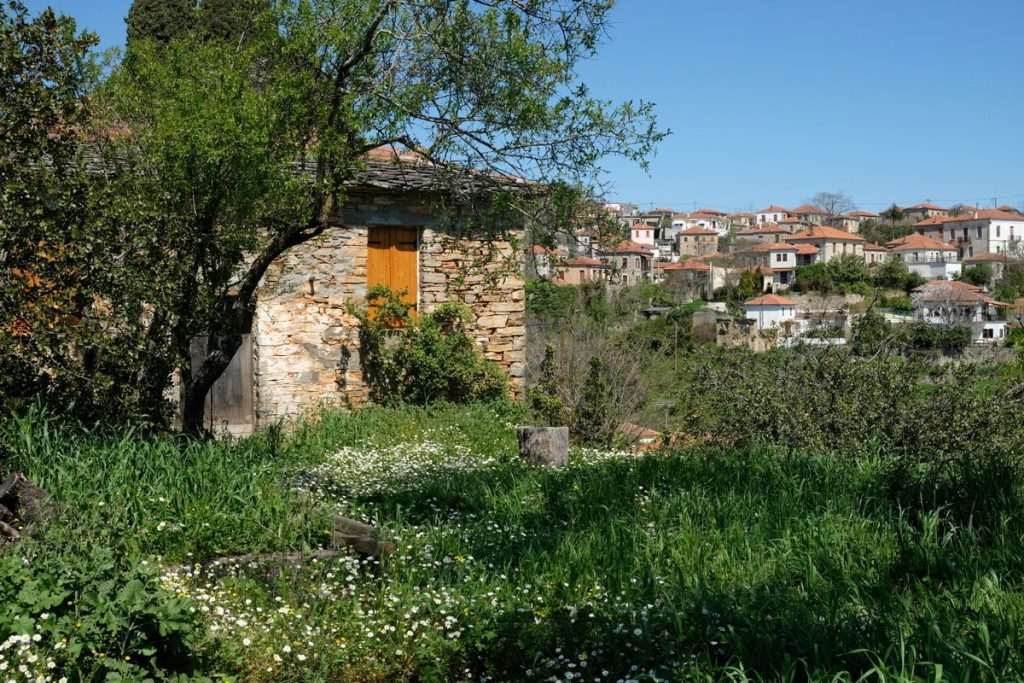

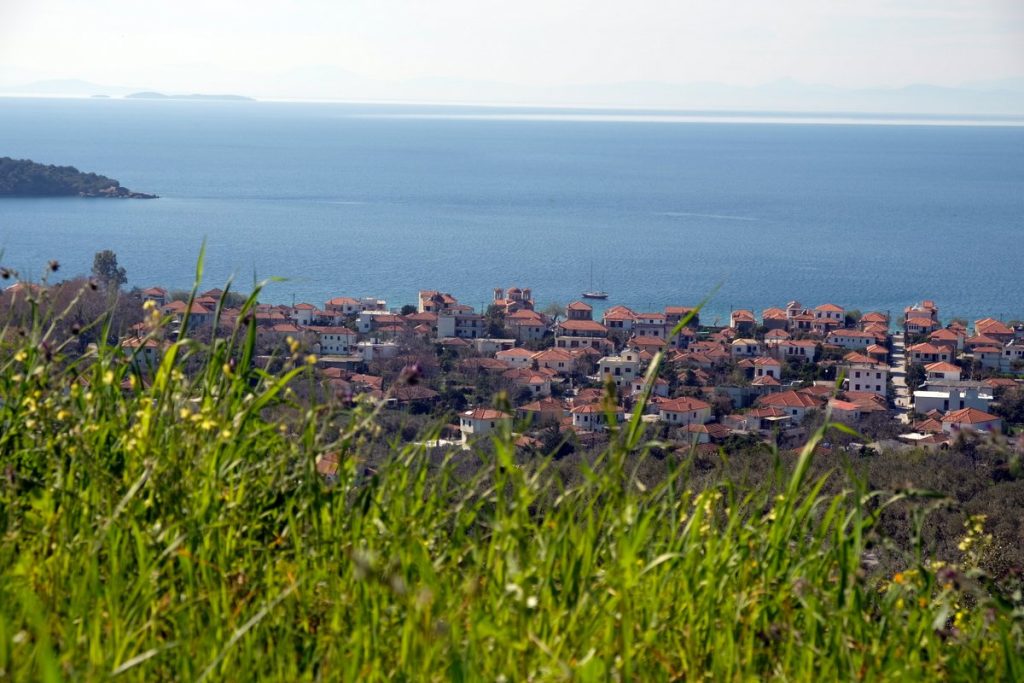
45 minutes later, you have already arrived.
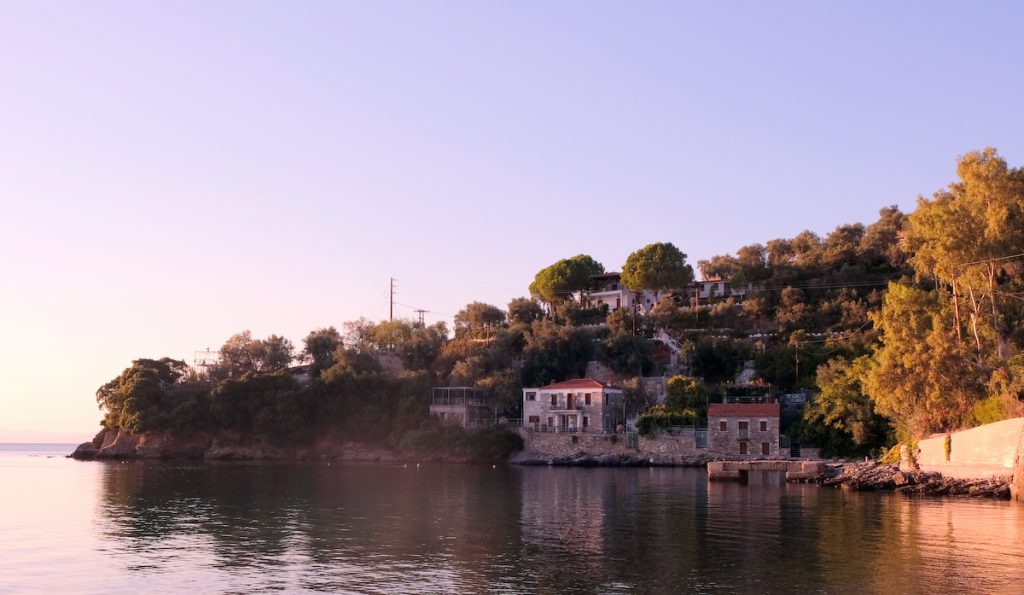
More about our holiday cottage in Lafkos, the village, events, hiking in Greece and other tourist excursions like the Pelion train is reachable searching the web or within our personal guide’s. Everything about arriving or booking is here. We are also glad about a message or your contribution in our guestbook.
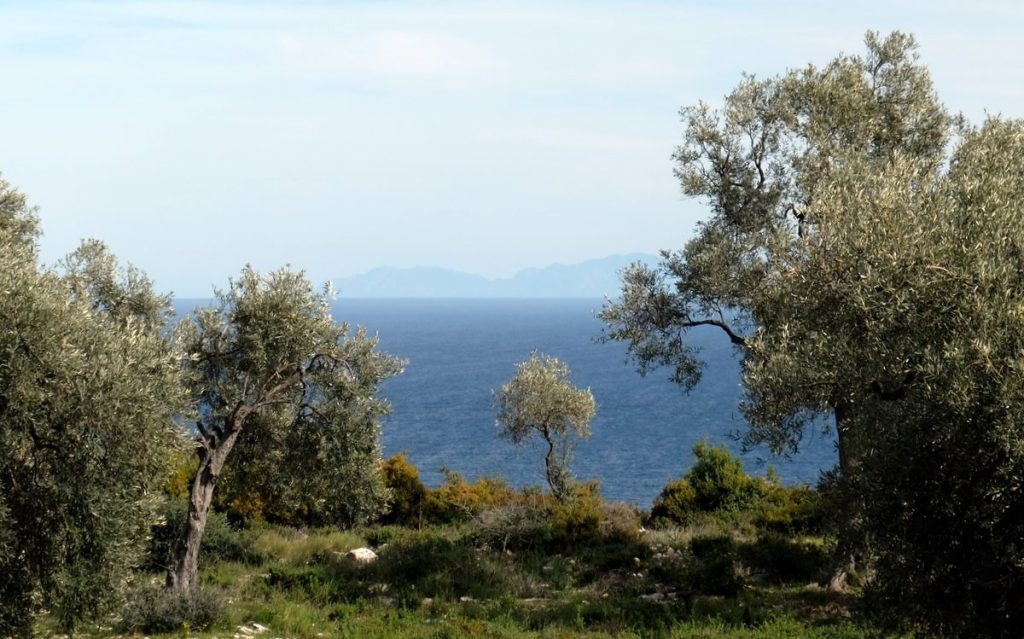
Pelion, the best place for nature lovers and hiking.
Use zoom & mouse to move and the filter to reduce the number of markers.
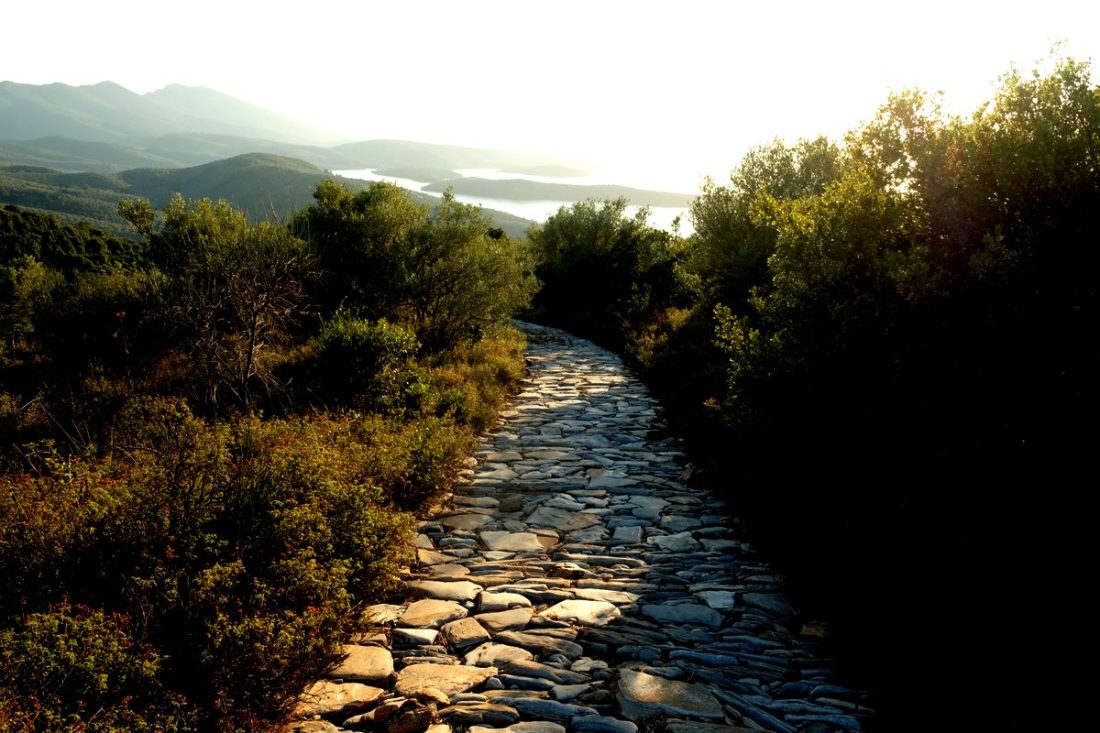
Comments are closed, but trackbacks and pingbacks are open.